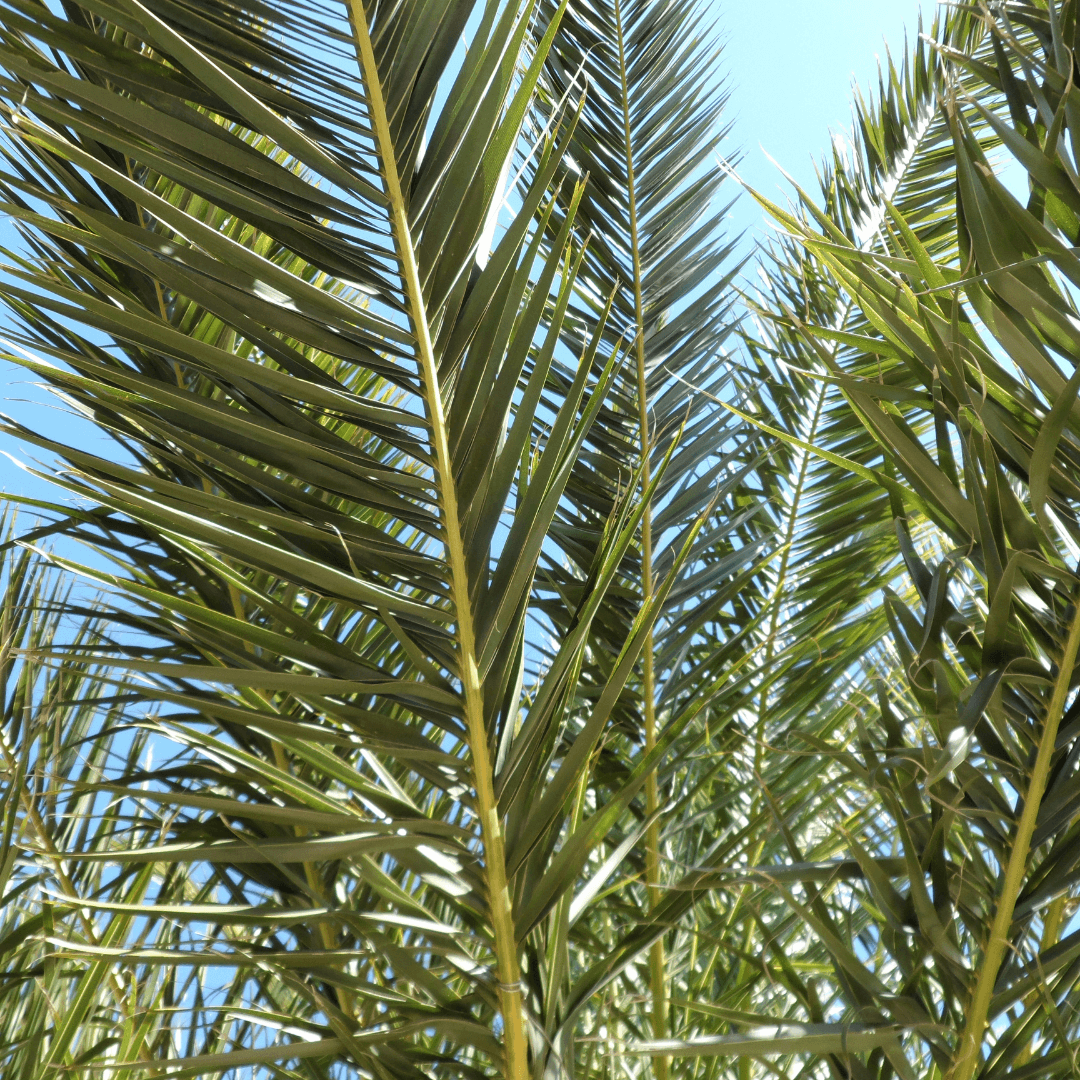It is our responsibility to ensure that we provide a safe working environment for you. It is also your responsibility to work in a healthy and safe way too and remember the following.
1. Use your Personal Protective Equipment when required. You have a list of PPE provided and essential safety items for working in a garden – remember to use them and remind others too as well.
2. When you arrive at a garden, walk round it and identify any hazards. Do your best to remove or minimize them.
Example hazards
● unstable ground,
● wet, slippery decking
● dogs / swimming pools / steep ground
● tasks that are above shoulder height
● objects on the ground
● sunshine
● wasps / bees / stinging insects
If you feel there is an extreme hazard, report this to Claire and stop working until there is a safe solution in place.

Information Sheets
- Lifting
- Operating Blower
- Slips, trips & falls
- Using Manual & Powered Hand Tools
- Working With Hazardous Plants
- Working With Hazardous Materials
- Working With Forks, Hoes & Spades
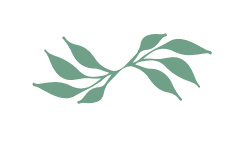
Lifting
Improper handling and lifting of heavy or bulky objects is a major source of strains, sprains, neck injuries, back injuries, and hernias. Any of these injuries can affect your quality of life for weeks, months, or even years, preventing you from working or doing many things you enjoy.
Common hazards
● Shoulder or wrist sprains or strains from lifting heavy equipment, bags, or boxes
● Back pain from lifting and carrying awkward loads
● Back, shoulder, or leg strain from moving items by pushing or pulling
Incident examples
● A worker was moving bags of fertilizer and turned quickly without moving his feet, twisting his back. He was off work for three weeks with back pain.
● A young worker was lifting trays off the loor onto potting tables, leaning over instead of bending her knees. After several hours, she experienced back muscle spasms and was off work for three days.
Safety tips
□ Use safe lifting technique, as shown below
□ Decide whether you’ll need help from another person or whether a wheelbarrow or hand truck will be needed to move heavy or awkward objects.
□ Be sure you can see where you are going when carrying large items.
□ When storing equipment or supplies, place the heaviest items at knee to chest level.
Responsibilities
Employers
● Provide assistive devices such as dollies or hoists, if necessary, and make sure they are maintained in good condition.
● Train workers in safe lifting technique.
● Provide adequate supervision after training.
Workers
● Follow safe work procedures.
● Get help or use a device to lift or move equipment and supplies, if necessary.
Lifting Technique
Here’s how to lift objects without straining your back:
Think before you lift, what is the most direct route, are there any obstacles? Remove them.
Know your limit. Everyone has a different strength, do not lift something that is too heavy for you, just because you see someone else lift it.
Don’t bend your back when lifting. Squat down, bending at the hips and knees only. Your feet should be shoulder width apart with one foot slightly forward.
Keep your back straight and your shoulders back
Slowly lift by straightening your hips and knees.
Don’t twist when you lift, turn by moving your feet. Keep your shoulders facing the same direction as your hips.
Keep looking straight ahead
Carefully set down the object by bending your knees and hips only.

Leaf Blowers
Leaf blowers can cause projectiles or “thrown objects,” resulting in eye injuries, cuts, and bruises.
Leaf blowers can also cause overexertion injuries and hearing damage.
Common hazards
● Overuse injuries from carrying an awkward weight
● Cuts and contusions from projectiles
● Burns during refuelling and from touching hot points
● Prolonged noise exposure
Incident examples
● A worker was hit in the eye and suffered a scratched cornea when she was struck by debris thrown by her leaf blower. She was not wearing eye protection.
● A worker suffered permanent hearing loss after using a leaf blower for several hours daily for three months without wearing hearing protection.
High noise levels
Hearing protection be worn for anything over 85 dBA, and 90 dBA is five times louder than 85 dBA. Rakes and brooms may be faster and more effective.
Safety tips
Before you start
Make sure you are familiar with the leaf blower and its safe use before you start.
Make sure you are not fatigued or under the influence of alcohol or drugs.
Use personal protective equipment (PPE), including hearing protection and safety eyewear or a face shield.
Use a respirator if the work area is dusty or dirty, or if it could have mould spores, mouse droppings, or bird droppings.
While working
Look to see if anyone else is in or around the work area. Never assume people will stay where you last saw them. Use extreme care when approaching blind corners, trees, or other visual obstacles.
Only work in daylight.
Ensure good footing and balance while operating the leaf blower.
Never work from ladders, trees, or rooftops.
Adjust the harness and hand grips to suit your build and work positions.
Use the leaf blower at ground level only. Direct the discharge away from people, animals, and solid objects that could cause material to ricochet.
Stop the motor before putting the leaf blower down, or if anyone enters the area.
Refuelling
Refuel outdoors on the ground.
Allow the engine to cool before refuelling.
Extinguish all ignition sources (for example, cigarettes).
Use only an approved gasoline container in good condition. ο
Keep the nozzle in contact with the fuel tank.
If you spill fuel on your clothing, change immediately.
Never overfill the tank.
Replace the cap and tighten it securely.
Responsibilities
Employers
● Maintain and repair leaf blowers.
● Train workers on the safe use of blowers before they start work.
● Demonstrate how to adjust, hold, and use the blower.
● Demonstrate how the safety features work (for example, guards, shields, and automatic releases), and instruct workers not to remove any of these features.
● Remind workers about the PPE they are required to wear.
● Provide adequate supervision after training.
Workers
● Follow safe work procedures.
● Wear appropriate PPE.
● Inspect blowers, and report any defects or necessary repairs

Slips, trips, and falls
Uneven ground, debris, tools, and wet grass are all potential causes of slips, trips, and falls for landscape and lawn maintenance workers. When the work area is not kept clean, the risk of slips, trips, and falls increases. These types of accidents are especially dangerous for landscape workers because of the risk of falling with a tool in hand.
Although many slip, trip, and fall injuries are relatively minor (for example, sprained ankles and wrists), they are very costly in terms of time lost from work because they occur so frequently.
Common hazards
● Uneven or slippery surfaces
● Forgotten tools
● Debris
● Exiting vehicles or equipment
● Loading and unloading equipment and materials
Incident examples
● A worker slipped on wet grass and fell against the blade of his pruner, seriously lacerating his arm.
● A worker tripped over a rake while carrying a roll of sod and fractured her wrist.
Safety tips
Before you start
□ Wear well-fitting non-slip footwear.
□ Check worksites for uneven and slippery ground, ponds and puddles, and trenches or embankments.
□ Clean up debris.
□ Plan for safe unloading of equipment and materials.
While working
□ Don’t carry more than you can safely handle.
□ Be sure you can see where you are going when carrying large items.
□ Slow down and move deliberately over slippery or uneven ground.
□ Take extra care in bad weather.
Finishing up
□ Clean mud and debris from equipment such as riding mowers.
□ Clean mud and debris from boots.
□ Clean and put away all tools and equipment in safe storage location
Responsibilities
Employers
● Train workers about the hazards that can cause slips, trips, and falls, including uneven or slippery surfaces, forgotten tools, debris, equipment, and getting on and off vehicles.
● Train workers in how to clean up debris and navigate safely on uneven ground.
● Remind workers of the need for non-slip footwear.
● Provide adequate supervision after training.
Workers
● Follow safe work procedures.
● Wear non-slip footwear.
● Identify and report any slip, trip, and fall hazards.
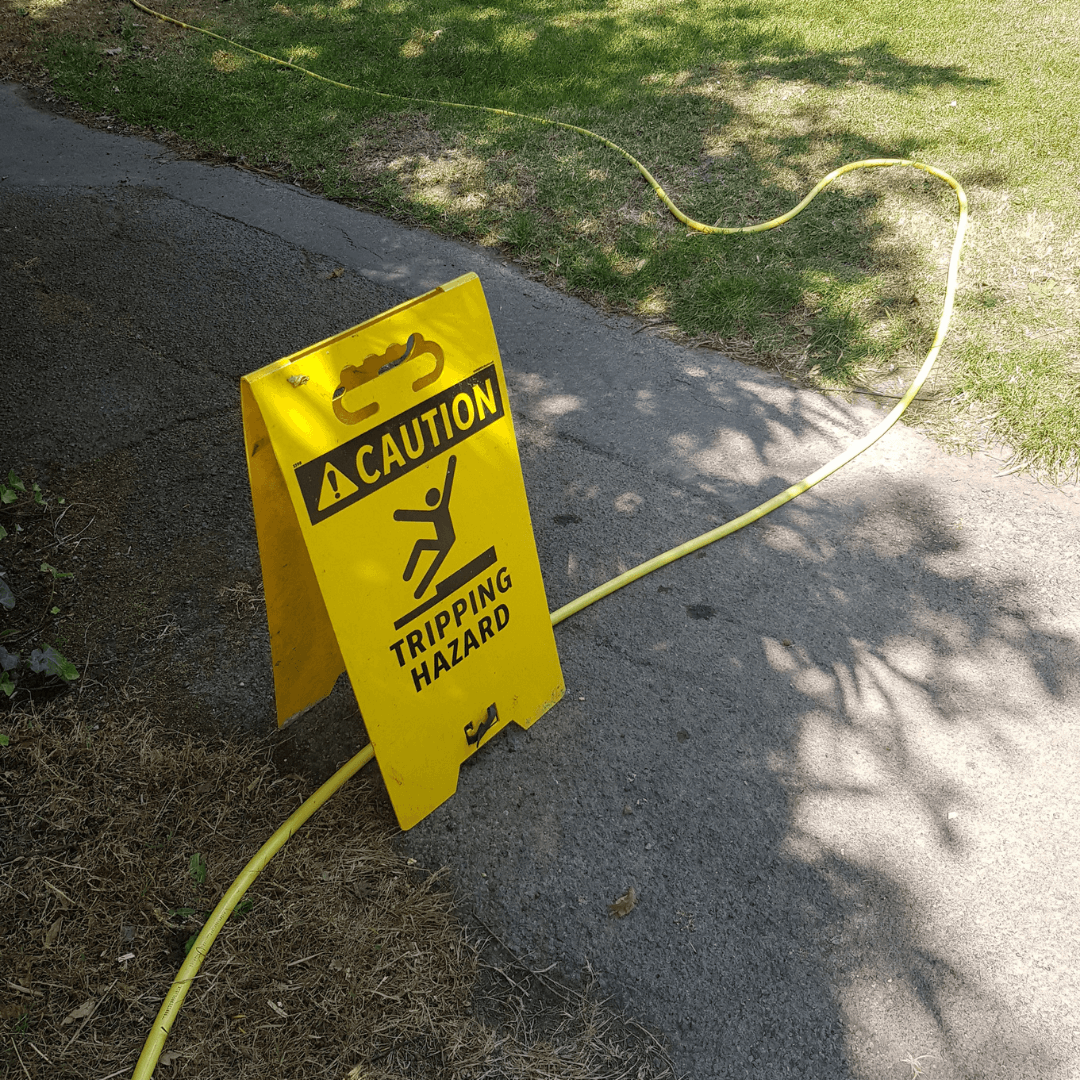

Forks, spades, and hoes
Forks, spades, and hoes are the primary tools of the landscape worker. Because they are so common, it is easy to forget the hazards they present, both when in use and when left lying around the work area.
Common hazards
● Tripping over tools left lying on the ground
● Blisters and subsequent infections on the hands
● Overexertion injuries to wrists, back, or shoulders from repetitive use
Incident examples
● A worker stepped on the tines of a rake that had been left lying on the ground by a co-worker. The handle of the rake hit her in the eye and caused a hemorrhage inside the eye. She was temporarily blind in that eye for almost a month until the bleeding resolved.
● A new young worker suffered severe blisters on his hands the first day of work. When he did not seek treatment, the blisters became infected, causing her to lose a week of work.
Safety tips
□ Choose tools that fit your body, your hands, and your work style.
□ Use good quality tools.
□ Wear gloves appropriate for the task.
□ Change tasks frequently or take mini-breaks.
□ Use a loose grip on the tools.
□ Keep your wrists straight.
□ Recognize the early signs of overuse injuries, including numbness, tingling, swelling, redness, and pain in the wrists, shoulders, or back. If you experience any of these symptoms, stop work or change the type of work you’re doing for the day.
Responsibilities
Employers
● Provide ergonomically designed tools.
● Maintain and repair tools.
● Train workers on the safe use of forks, spades, and hoes before they start work.
● Demonstrate how to hold, use, and store these tools.
● Remind workers about the PPE they are required to wear.
● Provide adequate supervision after training.
Workers
● Follow safe work procedures.
● Wear appropriate PPE.
● Inspect gardening tools, and report any defects or necessary repairs.
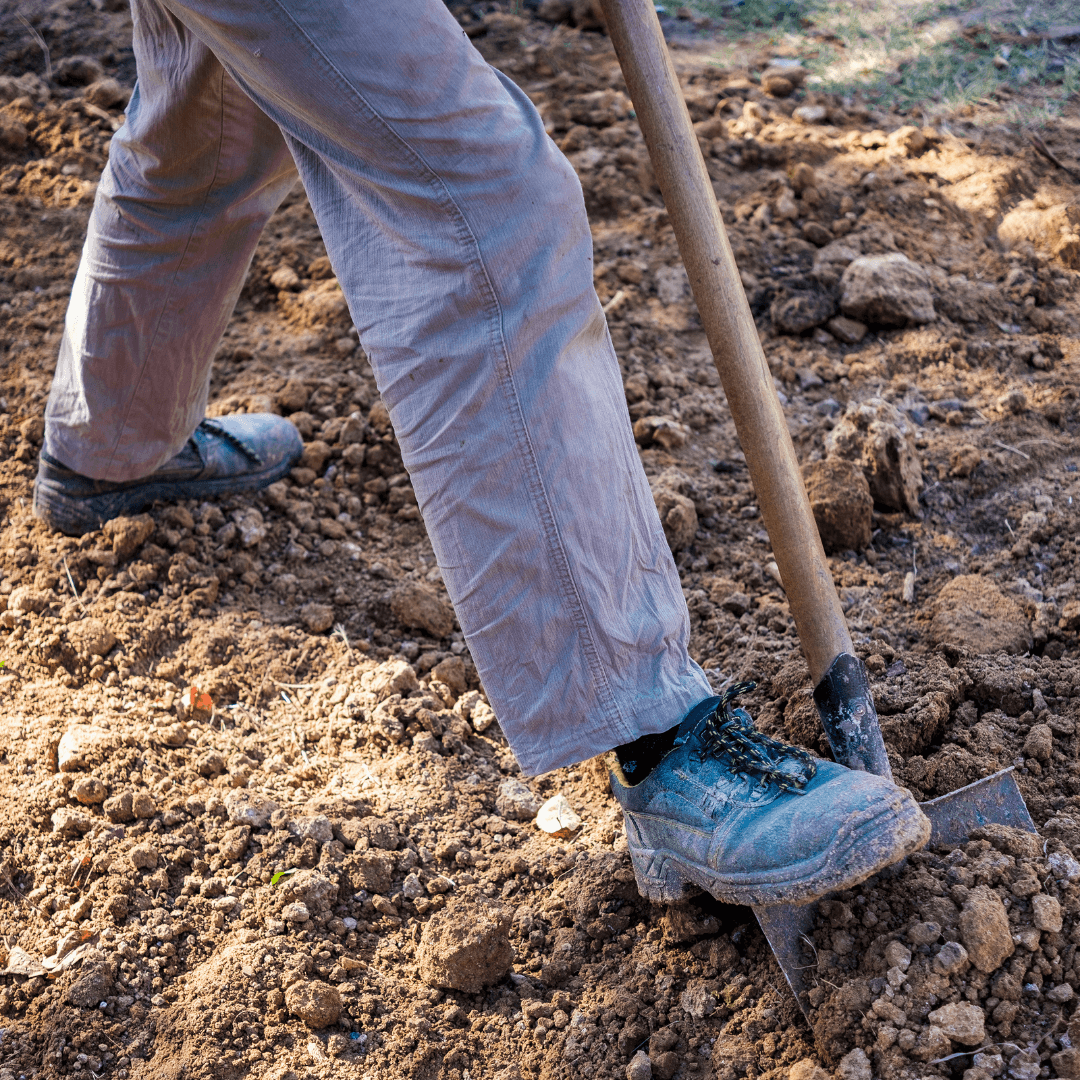

Manual and powered hand tools
Manual tools such as knives, loppers, or pruning shears and electric tools such as hedge trimmers are often sources of cuts and overuse injuries.
Common hazards
● Cuts from blades
● Catching fingers, clothing, or jewellery in pinch points
● Overexertion injuries from repetitive use
Incident examples
● A landscape worker suffered an overuse injury to her wrist after several days of hand pruning. She required medical treatment and several days off work.
Safety tips
□Choose tools that fit your hands and work style, and that work comfortably for you.
Use personal protective equipment (PPE) as necessary, including eye protection, hearing protection, and gloves appropriate for the task.
Pruners
□ Lock pruners when not in use.
□ Wear well-fitting gloves with a good grip.
□ Watch for potential pinch points.
□ Don’t twist pruners while cutting.
□ Use the right tool for the job. Don’t try to use pruners to cut branches that are too large.
□ If you are doing a repetitive task, stop to rest your hands occasionally or vary the job with something else.
□ Keep pruners clean.
□ Carry pruners in a holster, not in your pocket.
Responsibilities
Employers
● Maintain and repair hand tools.
● Train workers in the safe use of hand tools before they start work.
● Demonstrate how to hold, use, and store hand tools.
● Demonstrate how the safety features work (for example, guards, shields, and automatic releases), and instruct workers not to remove any of these features.
● Demonstrate how to lock out electric equipment before clearing any jams, or performing repairs or maintenance.
● Remind workers about the PPE they are required to wear.
● Provide adequate supervision after training.
Workers
● Follow safe work procedures.
● Wear appropriate PPE.
● Inspect hand tools, and report any defects or necessary repairs.
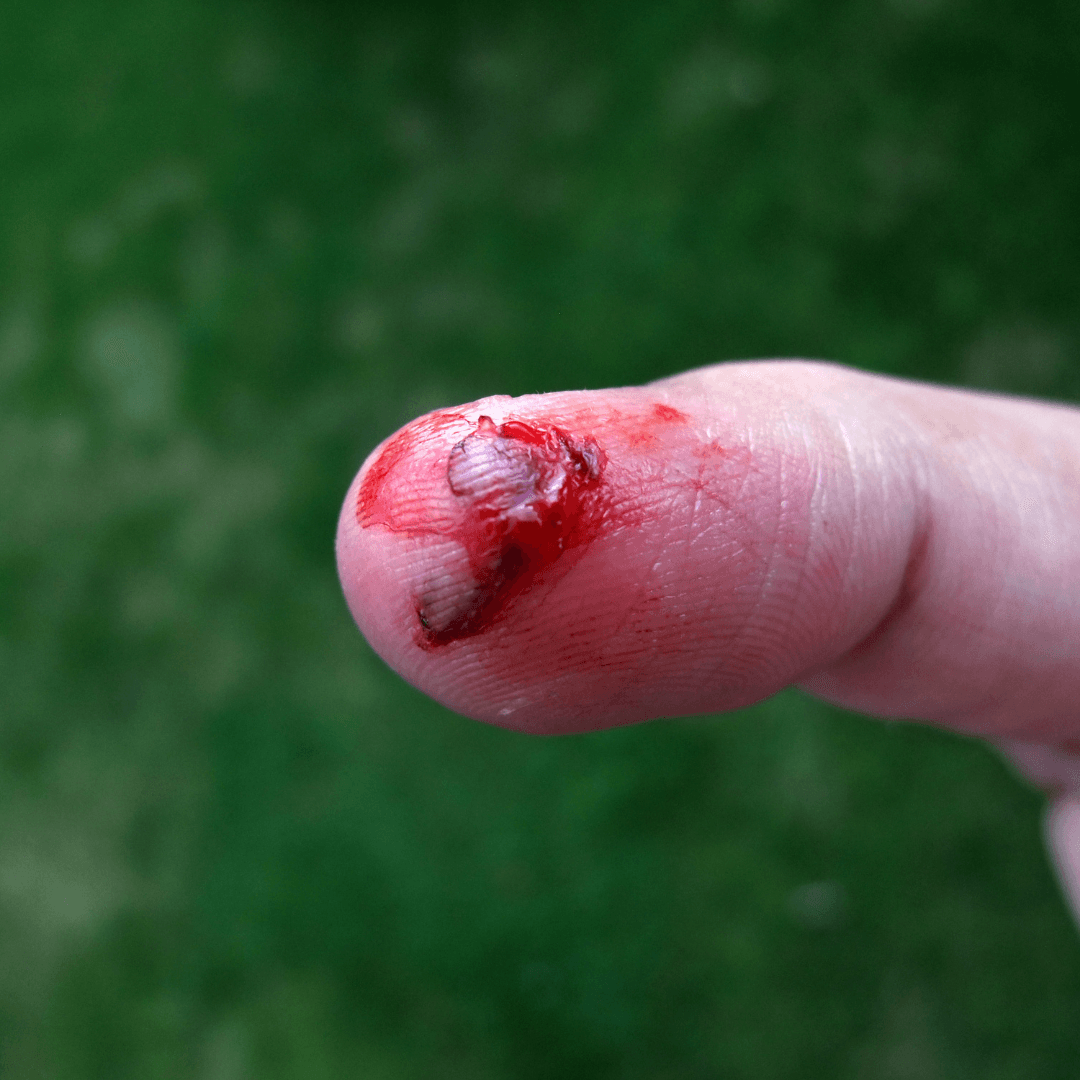

Workplace Hazardous Material
Many chemicals used by landscaping and lawn maintenance workers are hazardous materials (for example, fertilizers, solvents, or cleaners) that may cause conditions ranging from minor skin irritation to serious injury or death.
All workplaces that use materials identified as hazardous by the Workplace Hazardous Materials Information System (WHMIS) are required to follow WHMIS requirements. WHMIS refers to hazardous materials used in the workplace as controlled products. The system uses consistent labelling to help workers recognize controlled products. It also provides specific information on how to handle, store, and dispose of such products.
If you have been trained properly, you should be able to answer these four questions:
1. What are the hazards of the products you are using?
2. How do you protect yourself?
3. What should you do in case of an emergency or spill?
4. Where can you get more information on the products?
Common hazards
● Inhalation of toxic fumes
● Inhalation of particulate matter (for example, dust or mists)
● Burns from cleaning chemicals or fertilizers
Incident examples
● A worker sprayed an aerosol lubricant on a hot lawn mower. The fumes ignited, and the worker suffered second degree burns to his hands and arms.
● While spreading dolomite lime, a worker inhaled the dust, resulting in irritation to her lungs.
Safety tips
□ Read the labels and material safety data sheets (MSDSs) that accompany hazardous materials.
□ Use hazardous materials only as directed. Follow safe work procedures.
□ Use the appropriate PPE (for example, gloves, goggles, and apron).
□ Make sure first aid is available.
□ Keep your hands away from your face and eyes.
□ Keep hazardous materials away from food and drink.
□ Store hazardous materials in a properly ventilated, locked area.
Responsibilities
Employers
● Maintain records and MSDSs for the hazardous materials you use.
● Inform workers about the locations of WHMIS information, emergency spill equipment, and emergency numbers.
● Train workers on the safe use of hazardous materials, and ensure they can answer the four WHMIS questions about each hazardous material used.
● Provide safe storage facilities and workplace labels for hazardous materials.
● Remind workers about the PPE they are required to wear.
● Provide adequate supervision after training.
Workers
● Follow safe work procedures for handling and storing hazardous materials.
● Wear appropriate PPE.

Hazardous plants
Some plants that landscape workers encounter are poisonous, can cause allergic reactions or asthma in some people, or can be hazardous in other ways. These plants can cause life-threatening reactions.
Common hazards
● Burns from the sap of plants such as Arum Lily or euphorbia
● Rash from cedar cuts or poison ivy
● Asthma or allergic reaction to western red cedar
Incident examples
● While cutting down giant hogweed, a worker got some of the sap on his hands. Two days later, his hands were blistered and red. After the blisters cleared, he had dark blotches on his hands for seven months.
● A worker stepped on a prickly shrub. As she moved her foot, the shrub sprang back and hit her in the side of the face. Two prickles became embedded in her left eye, and a 40-minute surgery was required to remove them.
Safety tips
□ Ensure that you can recognize hazardous plants.
□ Be aware of the plants you’re working around.
□ Inform co-workers and supervisors if you encounter hazardous plants unexpectedly.
□ Wear protective clothing and PPE.
□ If you have sensitivities to some plants, keep asthma and allergy medications available. Notify the first aid attendant (if there is one) or a co-worker about your sensitivities.
Responsibilities
Employers
● Train workers to recognize hazardous plants and about the preventive measures they should take.
● Remind workers about the PPE they are required to wear.
● Provide adequate supervision after training.
Workers
● Follow safe work procedures for working around hazardous plants.
● Wear appropriate PPE
